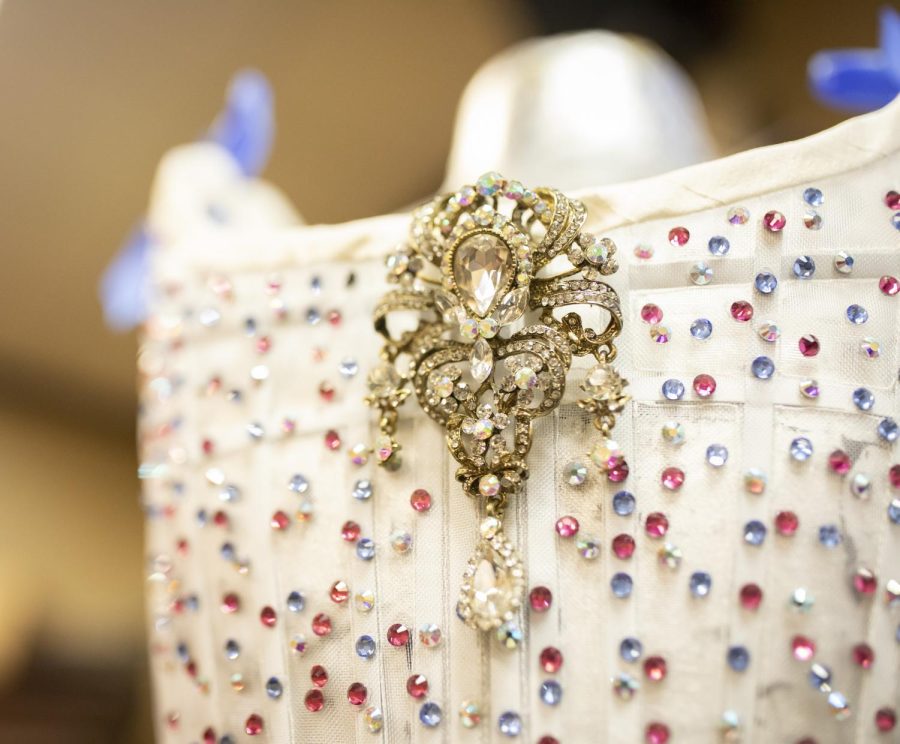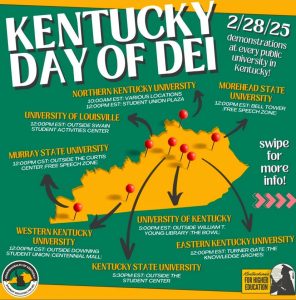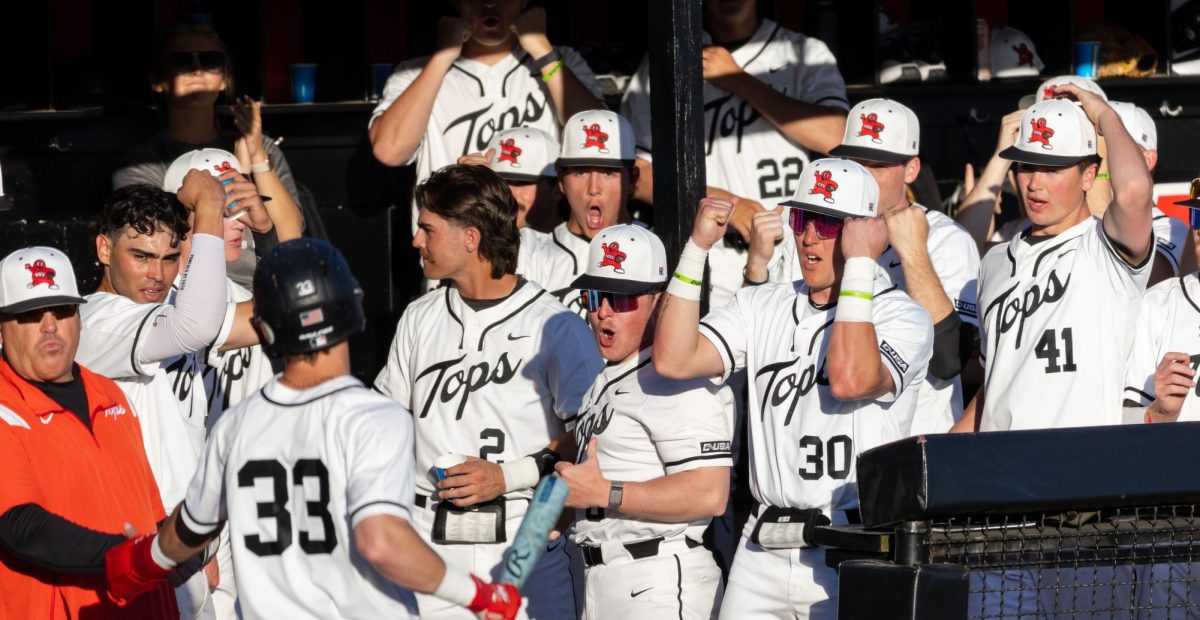Corsetry event sheds light on garment’s history, modern usage
April 16, 2022
The Kentucky Museum hosted “Modern Corsetry”, an event focused on Alisha Martin, founder of The Bad Button Bespoke Corsets, on Thursday, April 14.
The event chronicled Martin’s life as she began making corsets and delved into the interesting history of the garment.
As the daughter of a seamstress, Martin’s love for corsetry began at a very young age. Growing up, she was able to visit museums in Europe, and her fascination grew from there.
Martin graduated from WKU, where she studied in the folk studies program, with an emphasis in historical preservation. After working for the state in the Folklife Program, encouragement from her husband led Martin to start her own corset making business in 2010.
According to Martin, corsetry began to fall out of fashion around the time of World War I. Since corsets were made out of steel, material required by the war effort, corset production fell by the wayside.
According to Martin, the four ways most people wear corsets now are for couture, casual wear, medical purposes and for costumes.
“What I love is my couture,” Martin said. “I like to do collections.”
Martin’s collections include “Versailles”, “Birds of Paradise/Birds of Prey”, “Venetian Carnival” and “Mythology”.
Martin said the most popular form of corsets she makes are for casual wear.
Martin also makes corsets for medical support. Some of her clients include an emergency room nurse, a person with scoliosis and people who want the weight of their chest redistributed throughout their torso.
Martin begins the corset process by taking measurements and creating a mockup of the corset for her client to test out. Martin will take up to 29 measurements for a single corset.
Martin allowed the audience to pass around materials that she uses, such as spiral steel, spring steel and busks.
Speaking on her “Mythology” collection, Martin said that corsets are something that every body type can enjoy.
“One of the things that I hear a lot is ‘I’m too large or too small to wear a corset,’” Martin said. “Corsets are for everybody.”
At the conclusion of the event, Martin discussed her opinions on today’s societal standards, specifically how too much pressure is put on people to make their bodies look a specific way.
“Historically we’ve had ideas of what fashion is, but we’ve never tried to make our bodies do that,” Martin said. “We’ve tried to make our clothes make it look like our body is that way. I bet body dysmorphia has been around forever, but being told our bodies are at fault for not looking a particular way has probably increased that quite a bit.”
To learn more about Martin and corsetry as a whole, visit The Bad Button Bespoke Corsets.
News Reporter Madison Carter can be reached at madison.carter312@ topper.wku.edu.


















